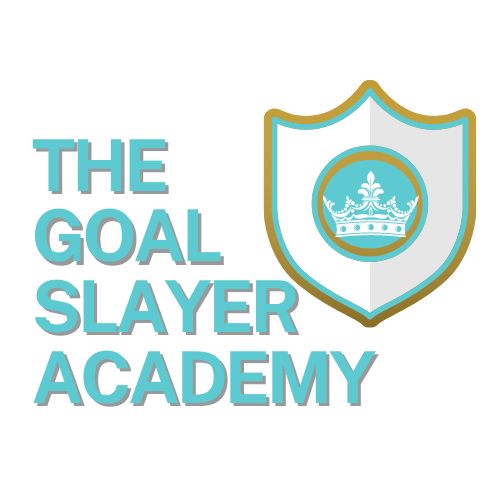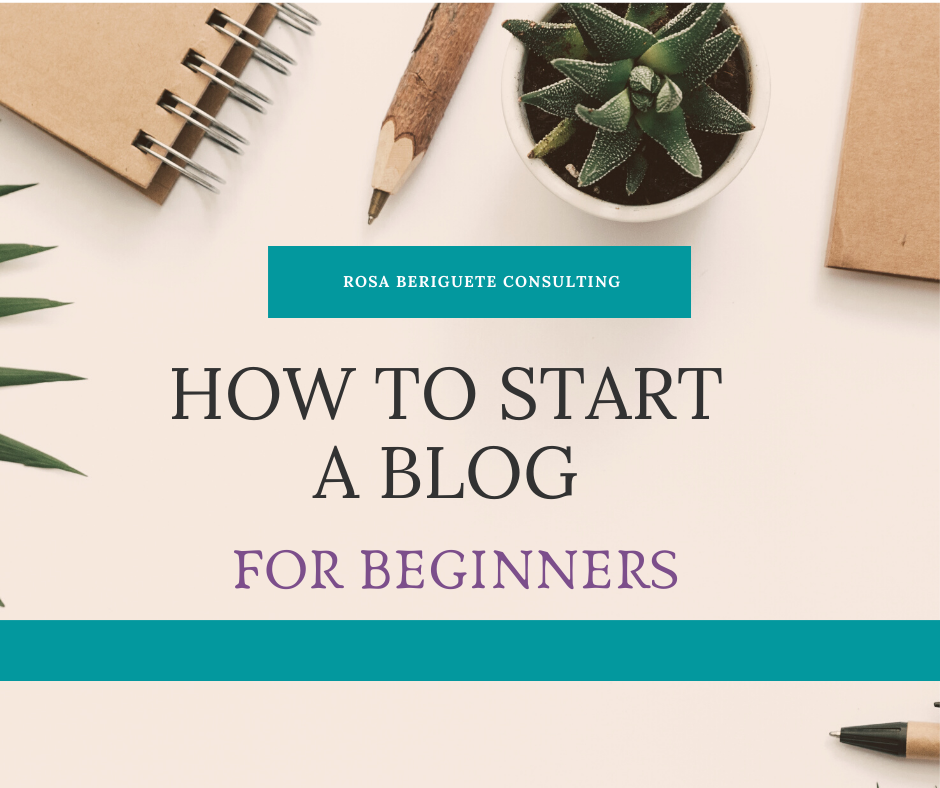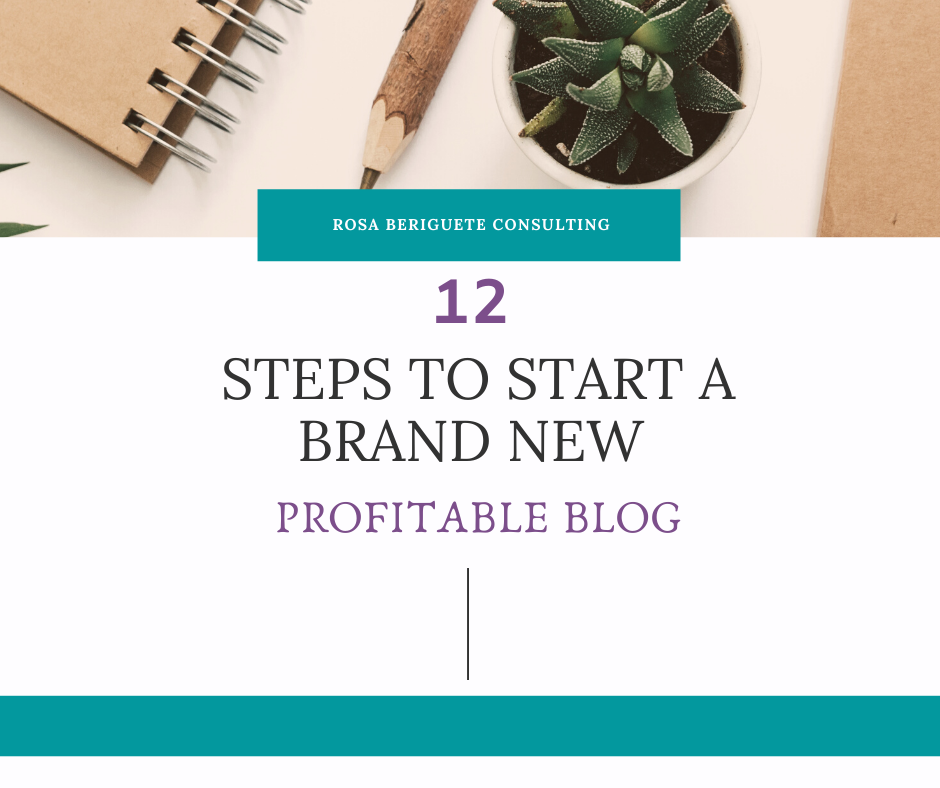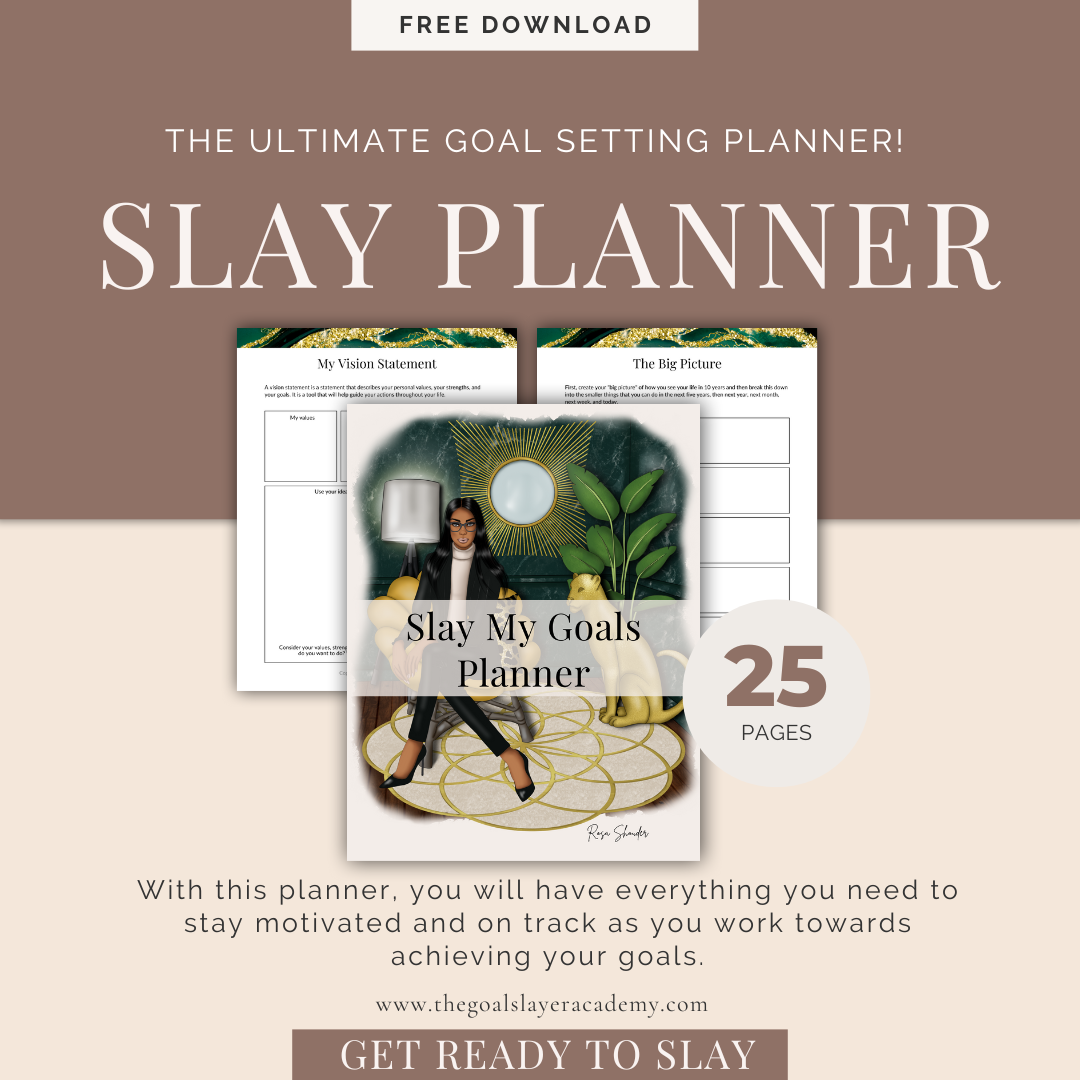1. Clarify Why Do You Want to Start A Blog or Freelance Website
There are many reasons people start a blog. You should identify your main purpose for getting a blog started before taking another step.
Below are a few common reasons people start new websites and blogs. Do you want to start a blog so you can:
1. Make money from home as a side hustle to earn full- or part-time income? Lots of people start blogs on the side of their regular full-time job. There are several ways you can make money from a blog, such as building affiliate partnerships, ads, creating and selling digital or physical products, or offering services as a freelancer or coach. Over time, you can earn a full-time income through a blog and work at home!
2. Consistently get new freelance clients to grow your freelance business? Whether you’re a solopreneur or part of a large business, and whether you provide a service or sell products, a blog can expand your reach. For a very low startup expense, a blog is a way to show off your products, service, and authority to lots of potential new customers or clients on autopilot.
3. Diversify your income streams as an author? Writing and selling a book through self-publishing has made writing a book possible for almost anyone. Without a traditional publisher to market for you, however, the marketing and selling of your book is up to you. One of the best ways to sell your books is to grow a community of people who like your writing and build an email list through a blog. Starting a blog is a great idea even if you want to land a traditional publishing deal because you’ll have much better odds with a publisher if you already have a bunch of fans.
4. Enjoy writing and share your experience or knowledge? If you love to write and share your experience with others, blogging can be a lot of fun. By starting a blog, you can easily connect with others, build a community, and help others by sharing your experience and knowledge. Running this blog is seriously THE most fun ‘work’ I’ve ever done. You know when people work because they love it not because they have to? Turns out that’s not bogus after all. It’s real.
Anytime you start a new adventure and decide to spend your time and energy on something (blogging definitely requires an investment of both time and energy), you want to be clear on your why to keep you motivated when you’re faced with a challenge.
2. Pick What You Want To Write About on Your Blog
If you already have a business you’re trying to promote, you’ll write about something related to your business to try and reach the right readers and potential customers. For example, realtors can have a blog that shares home staging tips or why hiring a realtor is better than selling by owner. This provides value, builds your authority, and can lead to more local clients too.
However, if you’re not trying to grow another business and you’re just trying to make money from a blog, you can pick any topic to write about.
Whether you decide to go narrow or broad, two blogging rules of thumb to keep in mind are:
- Write about something you like so it doesn’t become a chore.
- Make sure there’s plenty to write about so you don’t run out of content ideas.
Once you know why you want a blog and what you want to write about, it’s time to get your blog started!
3. Choose a Blogging Platform: WordPress.com vs WordPress.org
WordPress is the behind the scenes tool for designing your blog, adding content and pictures, and writing posts.
Something that can be confusing is there are two: WordPress.com and WordPress.org. What’s the difference?
WordPress.com
WordPress.com has a free option because your site is hosted for you (more on hosting next). Using this free version severely limits what you can do with your blog. You have limited space (only 3GB), very limited customization, and plenty of rules to follow. It’s a lot like renting a house. It’s not yours.
WordPress.org
WordPress.org is “the real WordPress” that you’ve heard all the successful blogging stories about–and the one I use. With this platform, you have complete control over your site. It’s like owning your home instead of renting it. When you own your website, you can customize the theme, add plugins, and make it look however you want.
It’s the best platform if you plan to make money from your blog because you can use ads, sell digital or physical products, or create membership sites. While the WordPress software itself is free, there is a small fee to use the .org platform because you host the blog yourself (it’s “self-hosted”). You pay for web hosting and a domain name, both small expenses for the benefits you get.
Starting out on the right platform will save you from the frustration of not being able to do what you want with your site or the pain of having to get it transferred over down the road.
You want to work smarter, not harder, right? This is one of those cases where working smarter is not the free version.
4. Choose The Right Host for Your Website
Siteground is my preferred web host. Web hosting is what gives your blog space on the internet, so others can find you. Every website needs web hosting. It’s kind of like the property taxes for your home on the internet.
If you don’t choose the right host, it can get expensive, your site can run slow, or customer service is a nightmare.
Thankfully, Siteground offers my readers a great deal and they are amazing to work with!
Siteground is recommended by me, WordPress themselves, and so many experienced bloggers because:
- it’s affordable (seriously, only $3.95 per month)
- it’s powerful (they host millions of websites)
- it’s reliable (never had an issue with my website being down)
- it’s easy to use (you can install WordPress software with one click!)
- it’s customizable with just about any theme or plugin you want
- you can make money from your blog with their hosting
- their customer service support is awesome and available 24/7 for any tech questions that come up
- it comes with a money-back guarantee if for some reason it turns out not to be right for you
So there’s really no risk and LOTS of awesomeness to gain!
Just follow the steps below to set up hosting and start your blog in under 10 minutes.
P.S. I’ll include screenshots so you can see what it’ll look like. The images may vary a little as Siteground updates their site often, but the general steps should still follow the guide below:
5. Go to Siteground.com
–> Go to SiteGround <–
6. Click The “Get Started” Button Under WordPress Hosting.
7. Choose Your Plan.
The StartUp Plan should be enough for most new sites. The GrowBig and GoGeek plans have some great additional features if you plan to host multiple sites, but the StartUp should be plenty for you to get started with your first website. Especially if you’re trying to keep costs down.
8. Pick Your Domain Name.
Your domain name is the web address of your website, like Rosaberiguete.com. If you already have a domain that you registered with another source, such as Namecheap or GoDaddy, you’d select “I already have a domain.”
If you don’t have a domain yet, select “Register a New Domain” and type in your domain name idea. A variation of your name is usually a safe idea, or you can come up with something creative related to your blogging niche or freelance service. Click “Proceed” and hopefully, the domain you want is available. If not, play around with variations until you find one that’s available.
I’ll continue through the steps as if you are picking a new domain. If you already have a domain, the steps will only be slightly different and you’ll have to transfer your domain name over to Sitground for hosting.
9. Fill In Your Account Information.
10. Complete Your Package Information.
You will be able to choose to pay for 1, 2, or 3 years by clicking on the drop-down menu next to Period. You’ll pay the least today if you choose to pay for 1 year, however, you’ll get the best value (rate per month) if you pay for 3 years.
11. Add Your Payment Information
After you add your payment information, check the box that you agree to their Terms, then click the “Pay Now” button.
That’s it! You now have a hosting account…Hooray!
You should receive an email from Siteground with your login information for the control panel (cpanel). Keep this information for future reference! Once you’re logged in to Siteground, you’ll be able to install and start using WordPress.
12. Install WordPress On Your Blog
When you log into the Siteground customer area for the first time, you’ll be asked if you want to start a new website on your account. This is where you will install WordPress on your account and choose your login details for your website.
Follow the steps to install WordPress for your blog domain.
You’ll create log-in info for your WordPress account. You will use your WordPress login link and account information (which you should get in an email) to get to the backend of your blog. This will likely be YourBlogName.com/wp-admin.
Your WordPress account is separate from your live blog, which is what everyone else will see. Through WordPress, you will be able to do the fun parts of designing your blog and writing posts to share with the world.
Your Blog is Started! Keep Working Smarter, Not Harder
And that’s all there is to it! After about 10 minutes of following those easy steps, you should have your very own piece of real estate on the web: your own blog or freelance website!
What’s Next?
From here, you might want to find a theme like Divi to design your site or learn the basics of using WordPress. There is a learning curve if you’ve never setup a site before, but there are free video tutorials for anything you need to know. It’s easy to get overwhelmed, but just take it one thing at a time and enjoy the journey to becoming a blogger and having an awesome website that allows you to make money on your own time.
Congratulations if you’ve taken the leap! I hope that step-by-step guide to starting a blog for beginners was helpful. It won’t be long before you’re the one making extra money from your website and teaching others how it’s done.

















Add A Comment